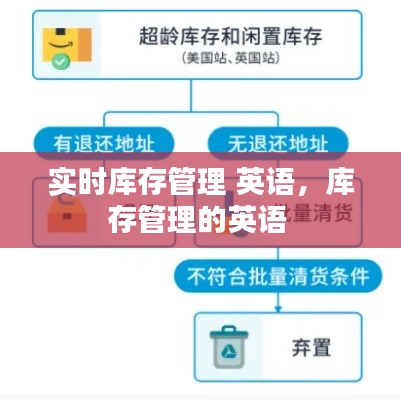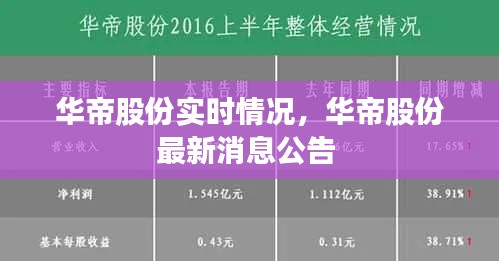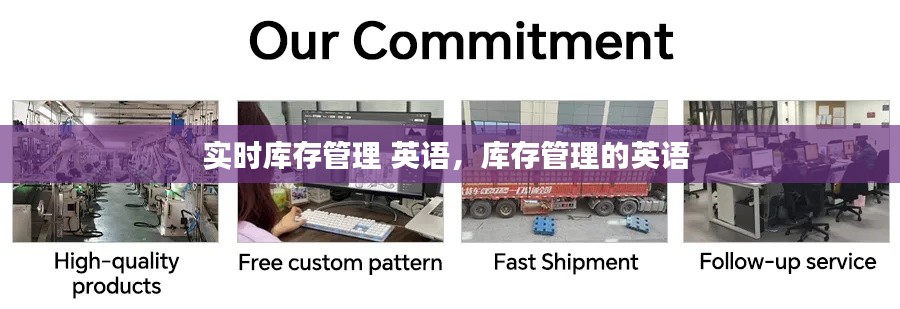Introduction to Real-Time Inventory Management
Real-time inventory management is a critical aspect of supply chain and logistics operations in today's fast-paced business environment. It involves the continuous tracking and updating of inventory levels to ensure that products are available when and where they are needed. This article delves into the concept of real-time inventory management, its benefits, challenges, and the technologies that enable its implementation.
What is Real-Time Inventory Management?
Real-time inventory management refers to the process of monitoring and updating inventory levels in real-time. This means that as products are sold, received, or moved within the supply chain, the inventory system is immediately updated to reflect the current stock levels. Unlike traditional inventory management systems that may update inventory periodically, real-time systems provide accurate and up-to-date information, allowing businesses to make informed decisions.
Benefits of Real-Time Inventory Management
Implementing real-time inventory management offers several benefits to businesses:
Improved Customer Satisfaction: By ensuring that products are available when customers want to purchase them, businesses can significantly enhance customer satisfaction and loyalty.
Reduced Stockouts: Real-time inventory management helps prevent stockouts by providing insights into inventory levels, allowing businesses to reorder products before they run out.
Optimized Operations: With accurate inventory data, businesses can optimize their operations, reduce waste, and improve efficiency.
Cost Savings: By minimizing stockouts and overstocking, businesses can save on storage costs and reduce the risk of product obsolescence.
Enhanced Decision-Making: Real-time data enables better decision-making, as managers can analyze trends, predict demand, and plan accordingly.
Challenges of Real-Time Inventory Management
While real-time inventory management offers numerous benefits, it also comes with its own set of challenges:
Complexity: Implementing a real-time inventory management system can be complex, requiring integration with various systems and processes.
Cost: The technology and infrastructure needed for real-time inventory management can be expensive, especially for small and medium-sized businesses.
Data Accuracy: Ensuring the accuracy of real-time data is crucial. Errors in data can lead to incorrect inventory levels and poor decision-making.
Scalability: As businesses grow, their inventory management needs may change. Ensuring that the system can scale to meet these needs is essential.
Technologies Enabling Real-Time Inventory Management
Several technologies play a vital role in enabling real-time inventory management:
Barcode and RFID: These technologies allow for quick and accurate scanning of products, enabling real-time tracking.
Warehouse Management Systems (WMS): WMS software helps manage inventory within warehouses, ensuring efficient stock movement and tracking.
Enterprise Resource Planning (ERP) Systems: ERP systems integrate various business processes, including inventory management, providing a holistic view of inventory levels.
Cloud Computing: Cloud-based solutions offer scalability and accessibility, allowing businesses to access inventory data from anywhere at any time.
Internet of Things (IoT): IoT devices can be used to monitor inventory levels in real-time, providing data that can be used to optimize operations.
Case Studies and Success Stories
Several businesses have successfully implemented real-time inventory management systems, leading to significant improvements in their operations. For example:
Amazon: The e-commerce giant uses real-time inventory management to ensure that products are available for customers worldwide, reducing delivery times and increasing customer satisfaction.
Walmart: The retail giant has implemented real-time inventory management systems in its stores and distribution centers, allowing for better stock control and reduced out-of-stocks.
Apple: The technology company uses real-time inventory management to manage its inventory across its retail stores and online channels, ensuring that popular products are always in stock.
Conclusion
Real-time inventory management is a crucial component of modern supply chain and logistics operations. By providing accurate, up-to-date inventory data, businesses can improve customer satisfaction, reduce stockouts, optimize operations, and enhance decision-making. While there are challenges to overcome, the benefits
转载请注明来自马鞍山同杰良,本文标题:《实时库存管理 英语,库存管理的英语 》













 皖ICP备2022015489号-1
皖ICP备2022015489号-1